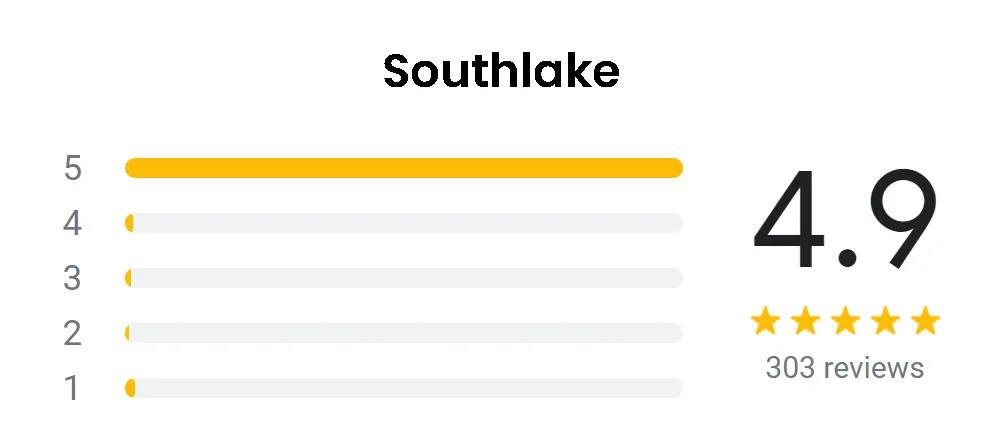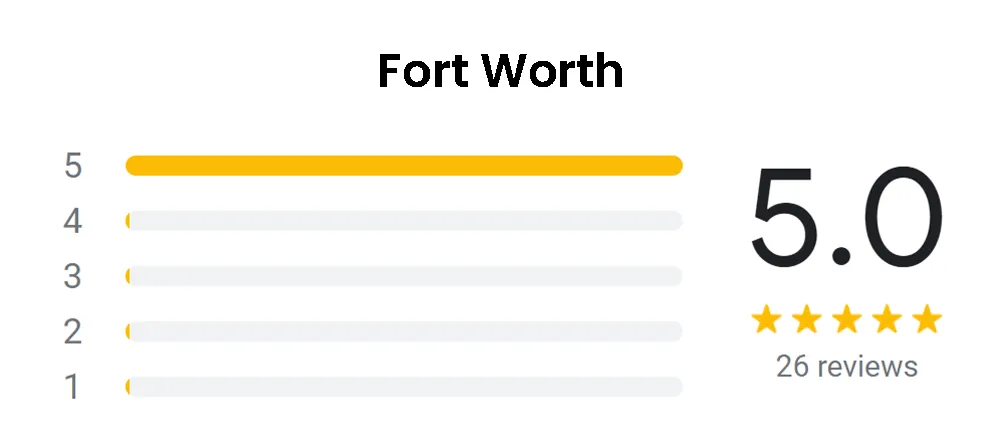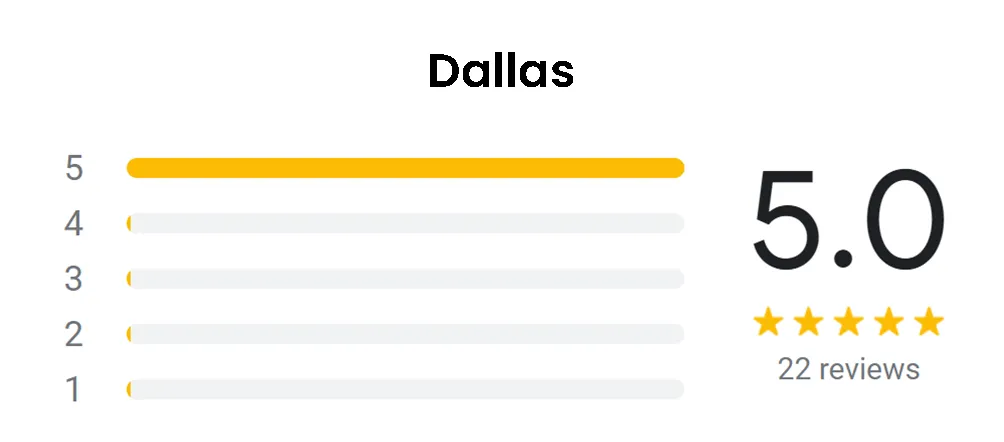
German cockroaches are notorious pests, often infiltrating homes and causing distress for homeowners. Effectively controlling German cockroaches requires a multifaceted approach, combining sanitation, exclusion, and targeted treatments. These small, resilient insects can reproduce rapidly, making it essential to act quickly and decisively.
Understanding their behavior is crucial for success in German cockroach pest control. These roaches thrive in warm, humid environments and are commonly found in kitchens and bathrooms. They are attracted to food and moisture, so maintaining cleanliness and sealing entry points can significantly reduce their appeal.
Professional pest control services often employ baiting systems, insect growth regulators, and chemical treatments tailored to combat German cockroaches specifically. Homeowners can empower themselves by implementing preventive measures, ensuring their spaces remain inhospitable to these unwelcome guests.

German cockroaches are among the most common pests in homes and commercial establishments. Their identification, biology, behavior, and associated health risks are crucial for effective pest control strategies.
The German cockroach (Blattella germanica) is small, typically measuring between 1.1 to 1.6 centimeters in length. It has a light brown or tan body with two distinct dark stripes running from its head to its wings.
These insects are often mistaken for other species, including the German Oriental cockroach, but their lack of a broad body and specific color patterns set them apart. Their ability to fly is limited, yet they can quickly scuttle away, making them challenging to catch. They primarily thrive in warm, humid environments, often found in kitchens and bathrooms.
German cockroaches reproduce rapidly, with females capable of producing up to 40 eggs at a time. The eggs are encased in a protective ootheca, which the female carries until they mature. Under ideal conditions, the life cycle can be completed in at least two months.
They are nocturnal and hide in small cracks and crevices during the day. Their diverse diet consists of food debris, grease, and even soap. This adaptability allows them to thrive in various environments, making German cockroach pest control particularly challenging.
German cockroaches pose several health risks, primarily due to their potential to spread pathogens. Their droppings, saliva, and shed skins can contaminate food and surfaces, leading to foodborne illnesses.
Additionally, they can exacerbate asthma and allergies, especially in sensitive individuals. The allergens produced by these pests, including proteins found in their saliva and feces, are known triggers for respiratory issues. Proper German cockroach pest control is essential to minimize these health risks and ensure a safe living environment.
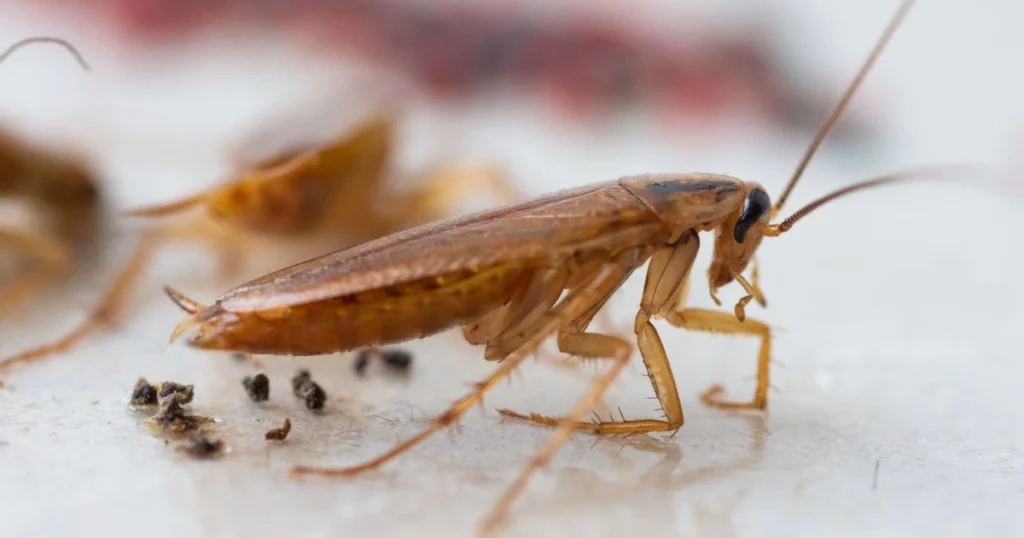
Effective preventive measures are crucial for controlling German cockroach populations. Focusing on sanitation and sealing entry points will help reduce the risk of infestations.
Maintaining cleanliness is essential for preventing German cockroach infestations. Regular cleaning should include sweeping, vacuuming, and mopping floors to eliminate food particles. It's vital to clean countertops, tables, and other surfaces daily.
Proper food storage aids in prevention. Seal food in airtight containers and store them in cabinets. Avoid leaving pet food out overnight.
Garbage disposal also plays a role. Use tightly sealed bins and take out trash regularly. Keeping areas clean and clutter-free minimizes hiding spots and resources for roaches.
Specific focus should be on kitchens and bathrooms, as these are common areas for cockroach activity. By maintaining rigorous sanitation protocols, the likelihood of attracting these pests decreases significantly.
Sealing gaps and cracks in the home is critical in preventing German cockroach entry. Inspect all potential entry points, including windows, doors, and utility lines. Caulk or use weather stripping to close off any openings.
Repair any water damage or leaks promptly. Roaches are drawn to moisture, so fixing dripping faucets and pipes is essential.
Installing door sweeps can also deter their movement. Ensure that doors close tightly without gaps to prevent cockroaches from entering.
Regular maintenance checks for any structural issues can further protect against infestations. By addressing these vulnerabilities, homeowners can significantly reduce the risk of German cockroach control problems.

Various methods exist for controlling German cockroach populations, ensuring effective management and prevention. These approaches include chemical treatments, baits and traps, and natural and non-toxic alternatives that can be tailored to specific environments.
Chemical treatments are often the first line of defense against German cockroaches. Professional exterminators typically use insecticides that target the roaches' nervous systems. Common chemical compounds include pyrethroids, neonicotinoids, and insect growth regulators (IGRs).
Formulations include sprays, dusts, and gels designed for specific application areas. Insect growth regulators disrupt the developmental stages, preventing young cockroaches from maturing into breeding adults. This not only reduces the current population but also inhibits future infestations.
Proper application is crucial. Users must refer to product instructions to avoid health risks to humans and pets. Integrating chemical treatments with other methods enhances their effectiveness.
Baits and traps are effective ways to control German roach populations. These tools attract roaches with bait, which contains a slow-acting insecticide. As cockroaches consume the bait, they die, often returning to their nests, which helps reduce the entire population.
Sticky traps are another valuable tool. They capture roaches and allow for the monitoring of infestations. Placing traps in high-traffic areas can help determine infestation levels.
Regularly checking these traps assists in evaluating control efforts. Combining baits and traps can create a more comprehensive strategy tailored to specific infestation scenarios.
For those seeking non-chemical methods of control, natural alternatives are worth considering. Some common options include diatomaceous earth, boric acid, and essential oils like peppermint or tea tree oil.
Diatomaceous earth works by dehydrating cockroaches upon contact. It is safe for use around pets and children when applied correctly. Boric acid, another effective option, disrupts insects’ digestive systems and should be used sparingly in hard-to-reach areas.
Essential oils, due to their strong scents, can repel cockroaches. Users can mix these oils with water and spray around entry points. While these methods may not yield immediate results, consistent application can contribute to the long-term control of German cockroaches.
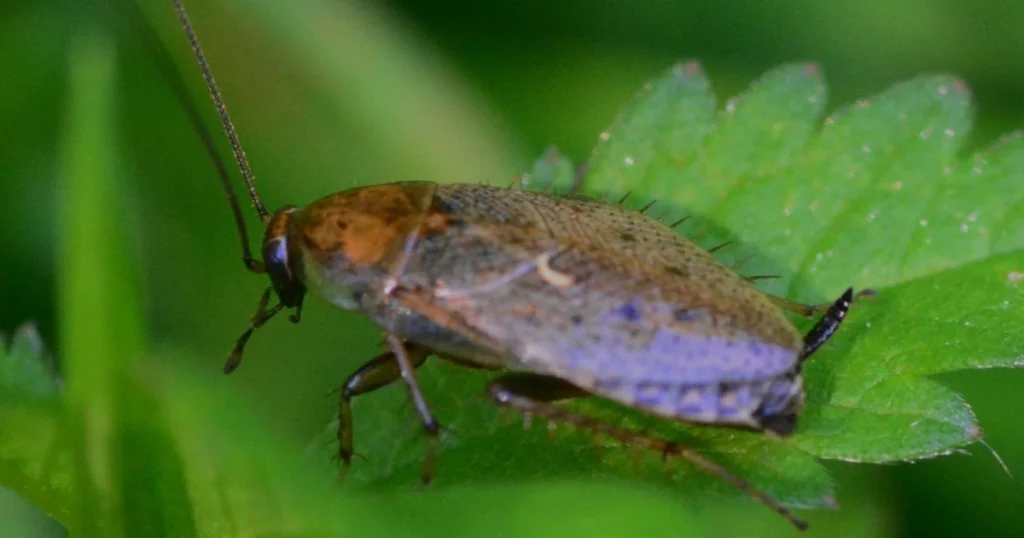
Engaging professional extermination services is crucial for effective German cockroach pest control. Choosing the right exterminator and knowing what to expect from these services can significantly affect the treatment's outcome.
Selecting a competent German roach exterminator involves careful research. Homeowners should look for licensed professionals with experience specifically in German cockroach control.
Key factors to consider include:
A local search for "German roach exterminator near me" can provide a list of qualified providers familiar with common issues in the area. Gathering estimates and asking for references can also help narrow down choices.
When hiring a professional for German cockroach control, homeowners should anticipate a thorough inspection. This process helps identify the extent of the infestation and potential breeding sites.
Upon agreement, the extermination process typically involves:
Effective communication with the exterminator can further enhance the chances of success. Understanding the timeline and addressing all questions will lead to a smoother experience.
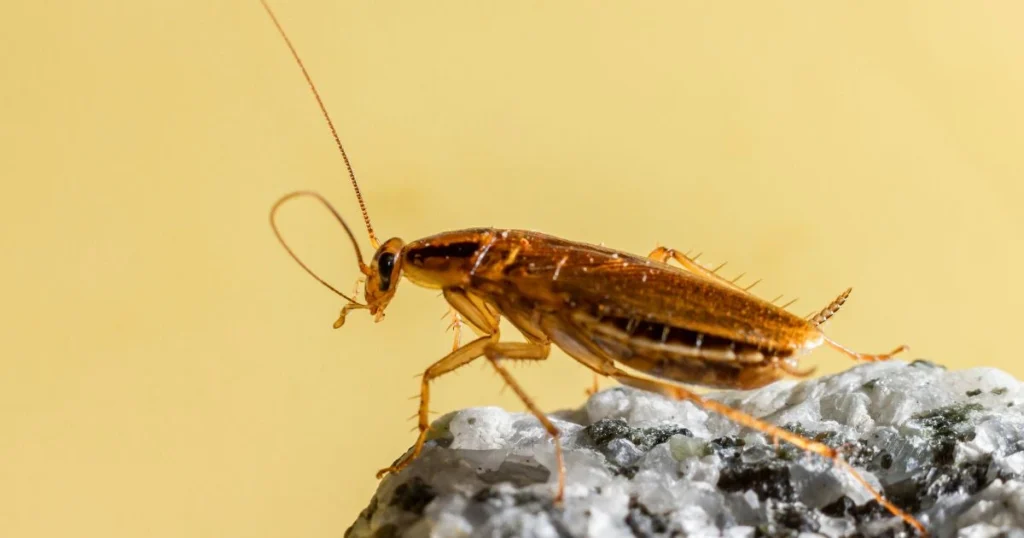
Effective post-treatment strategies are crucial for maintaining a German cockroach-free environment. Regular monitoring and preventive measures help ensure that infestations do not reoccur after initial control efforts.
Prevention is key to effectively maintaining a cockroach-free space. Begin by reducing available food sources. Store food in sealed containers and dispose of waste promptly.
Regular cleaning is essential. Vacuum daily and wipe surfaces to eliminate crumbs and spills.
Moisture control is also vital. Fix leaks and use dehumidifiers in damp areas. Keeping humidity low can deter cockroaches.
Additionally, seal any cracks or crevices in walls and around pipes to limit entry points.
Consulting experts like Critter Stop can be beneficial for persistent problems. They have a fantastic reputation and customer reviews online due to their high-quality work and excellent customer service. Call Critter Stop at (214) 234-2616 to schedule a free inspection.
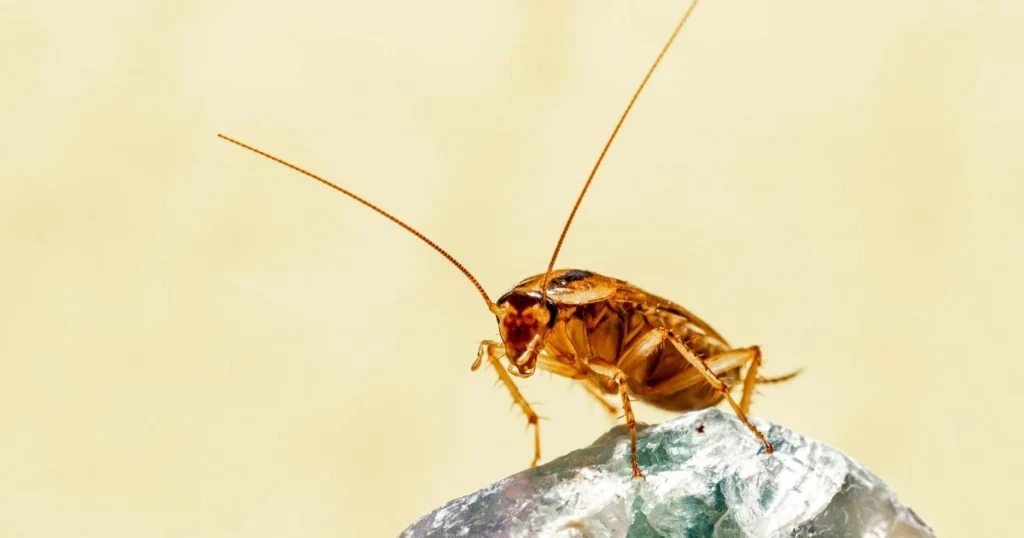
This section addresses common inquiries regarding German pest control, focusing on methods, professional approaches, prevention strategies, and comparisons with other cockroach species.
Effective methods for controlling German cockroaches in homes include baits, traps, and insect growth regulators. Maintaining a clean environment and sealing entry points also play crucial roles in prevention.
Professionals often conduct thorough inspections to identify infestation hotspots. They utilize targeted treatments, including insecticides and integrated pest management strategies, tailored to the apartment's layout and any specific challenges.
Finding a reliable exterminator involves seeking recommendations from friends, family, or online reviews. Local pest control companies usually provide expertise in German cockroach issues and may offer free estimates.
Key steps in commercial kitchens include frequent cleaning, proper food storage, and regular inspections. Utilizing commercial-grade baits and collaborating with pest control professionals ensures a comprehensive approach to infestations.
Due to their rapid reproduction and behavior, German cockroach control often requires more targeted approaches. These tactics may differ from those of species like the American cockroach, which might respond better to different environmental adjustments.
The difference in control methods arises from the distinct biology and habits of the German cockroach. Techniques for managing other species may not be as effective, necessitating specific strategies tailored for German roaches.
Preventing future infestations involves continuous maintenance, such as sealing cracks and crevices, regular cleaning, and monitoring for early signs of roaches. Ongoing communication with the exterminator can help promptly address any reemergence.
German and oriental cockroaches thrive in moist environments, but their behaviors differ. While German roaches tend to infest kitchens and bathrooms, oriental roaches may be found in basements and outdoor areas, affecting control strategies.
Visit our Critter Library and learn more about our furry friends
